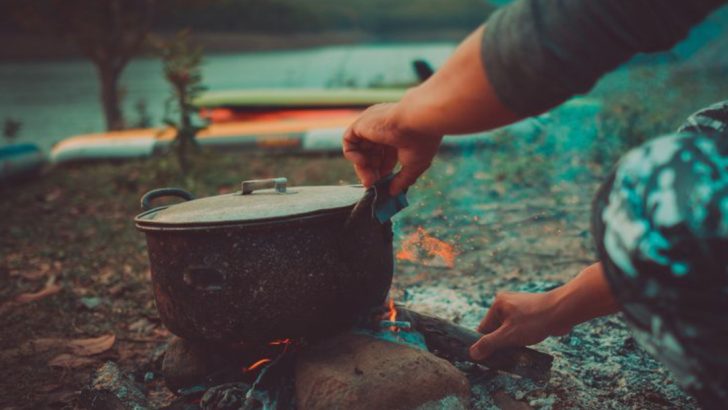There’s something magical about cooking over a campfire that turns even the simplest meal into an unforgettable outdoor feast. The dancing flames, the woodsy aroma, and the starry sky above create the perfect backdrop for culinary adventures in the wild.
Whether you’re a camping newbie or a seasoned outdoor chef, mastering campfire cooking will transform your wilderness experience from good to absolutely delicious.
1. Prepare Your Fire Pit Properly

Never underestimate the importance of a well-built fire pit. Clear away any debris and create a ring of rocks to contain your flames.
The ideal cooking fire needs structure – build it in a way that creates both high-heat zones and cooler areas for different cooking techniques. Your food’s success starts before you even strike a match!
2. Season Your Cast Iron Before The Trip
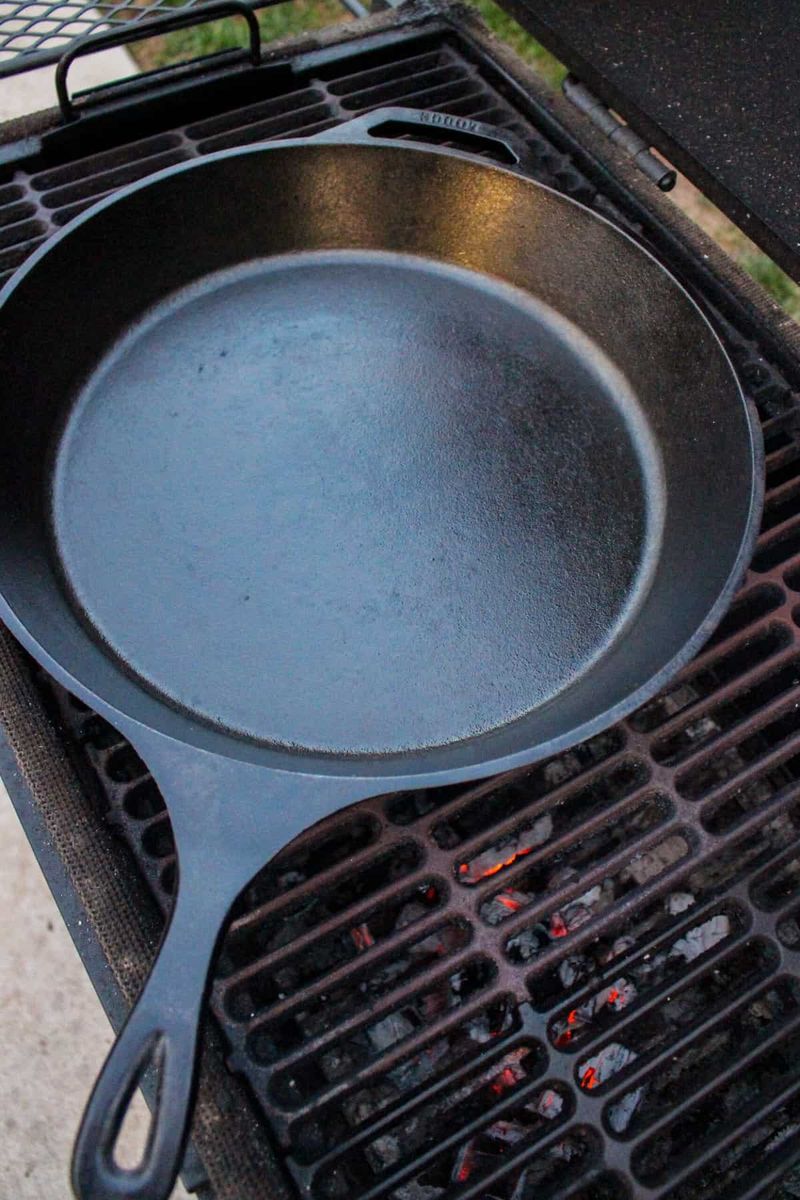
Cast iron becomes your best friend in the wilderness, but only if it’s properly prepped. Coat your pan with a thin layer of oil and bake it upside-down in your home oven before packing.
This creates that magical non-stick surface that’ll make your campfire pancakes flip like a dream. Skip this step and you’ll be scraping breakfast off your pan!
3. Pack Smart Cooking Tools
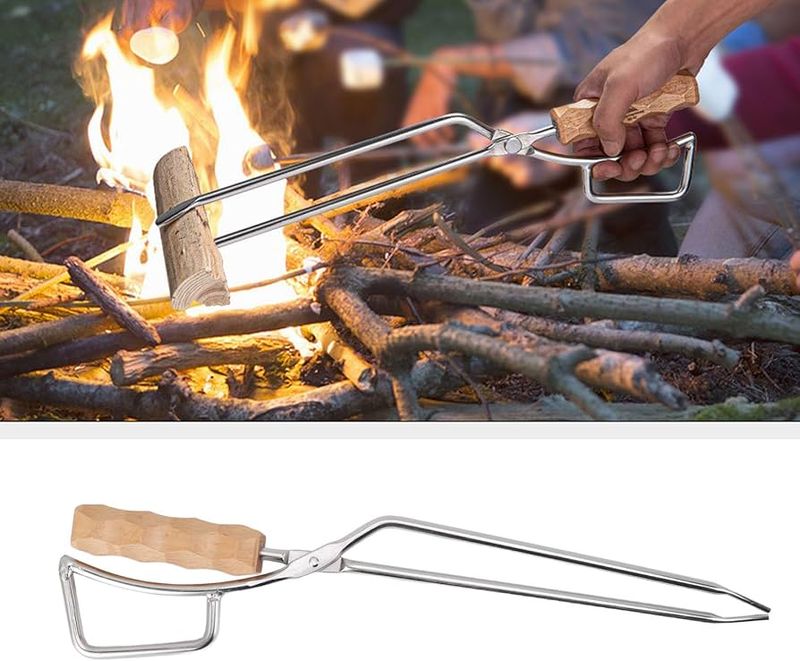
Long-handled tools are absolute lifesavers when cooking over open flames! Metal tongs, spatulas, and sturdy skewers keep your eyebrows intact while maneuvering food.
Heat-resistant gloves protect your hands from unexpected flare-ups. Remember: regular kitchen utensils with plastic handles will melt faster than marshmallows over a campfire – always opt for all-metal tools designed for high heat.
4. Master The Art Of Flame Management
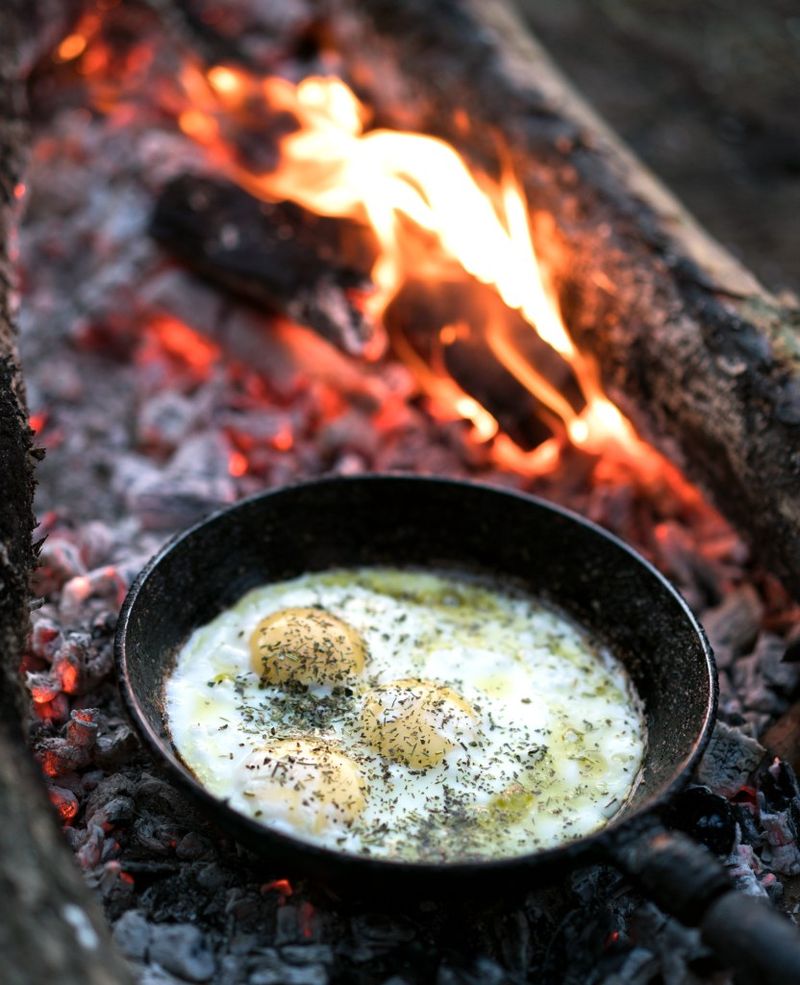
Contrary to what action movies suggest, roaring flames make terrible cooking surfaces! The secret? Cook over glowing embers, not dancing flames.
Let your wood burn down to hot coals before positioning your cookware. This provides consistent heat without the charred-outside-raw-inside disaster. For temperature control, simply move food closer or further from the center of your coal bed.
5. Aluminum Foil Is Your Secret Weapon
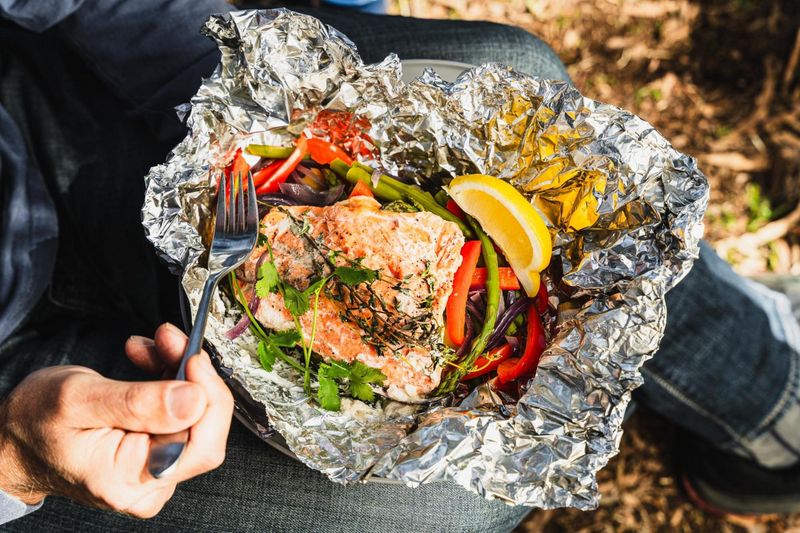
Heavy-duty aluminum foil transforms campfire cooking with minimal cleanup! Create foil packets filled with seasoned veggies, fish, or meat for steam-cooking perfection.
Double-wrap everything to prevent tears and leaks. The foil seals in moisture and flavors while protecting food from ash. Bonus trick: fashion foil into makeshift plates, pot lids, or even a reflective oven when wrapped around a frame!
6. Bring Pre-Measured Ingredients
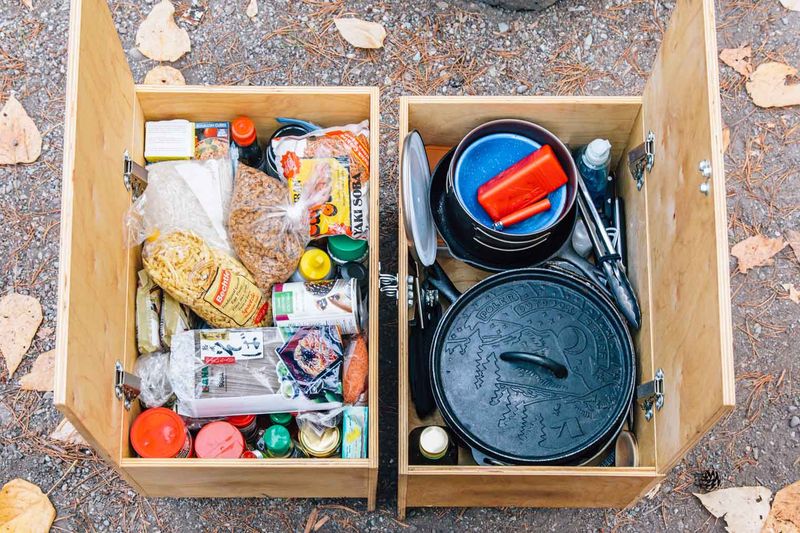
Smart campers know meal prep starts at home! Pre-measure spices, oils, and dry ingredients into small containers or zip-top bags before hitting the trail.
Crack eggs into a bottle instead of risking a backpack omelet disaster. This approach not only saves precious campsite time but also reduces waste and minimizes the risk of critters being attracted to your cooking area.
7. Don’t Forget The Dutch Oven

A Dutch oven might seem heavy for backpacking, but car campers know it’s worth every ounce! This versatile pot creates campfire magic – from bubbling stews to fresh-baked bread and even birthday cakes.
The trick? Place coals both underneath and on the lid for even heating. With practice, you’ll impress everyone with wilderness meals they never thought possible outside a kitchen.
8. Create A Campfire Grill Platform
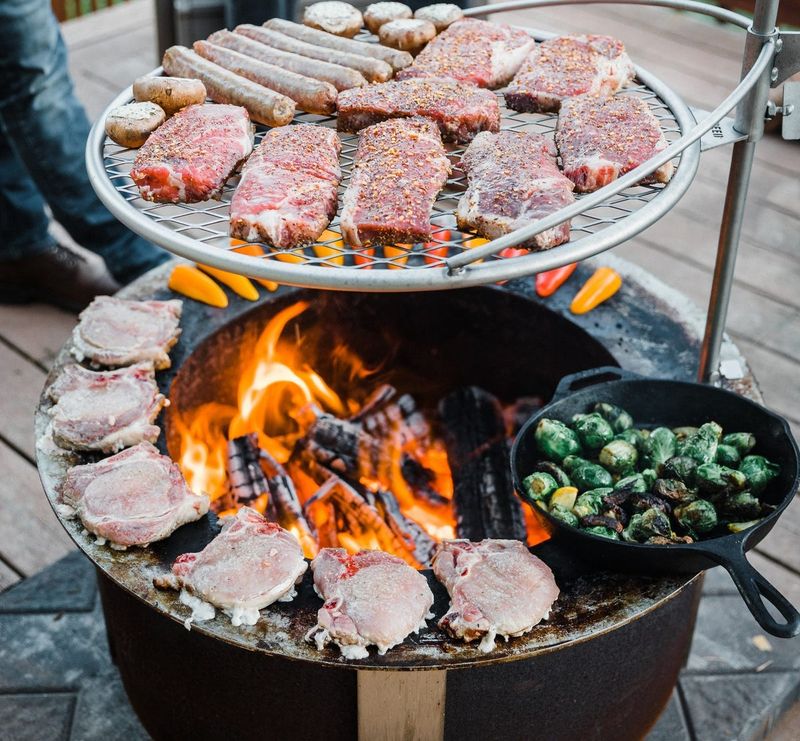
Fashion a simple grill platform using green sticks arranged in a grid or bring a portable grill grate. Either option creates a stable cooking surface that transforms your fire pit into a proper grill.
Adjust the height by building up or reducing the stone base. For bonus points, angle your grill slightly to drain off excess fat and prevent flare-ups that would char your perfectly marinated chicken!
9. Embrace One-Pot Meals
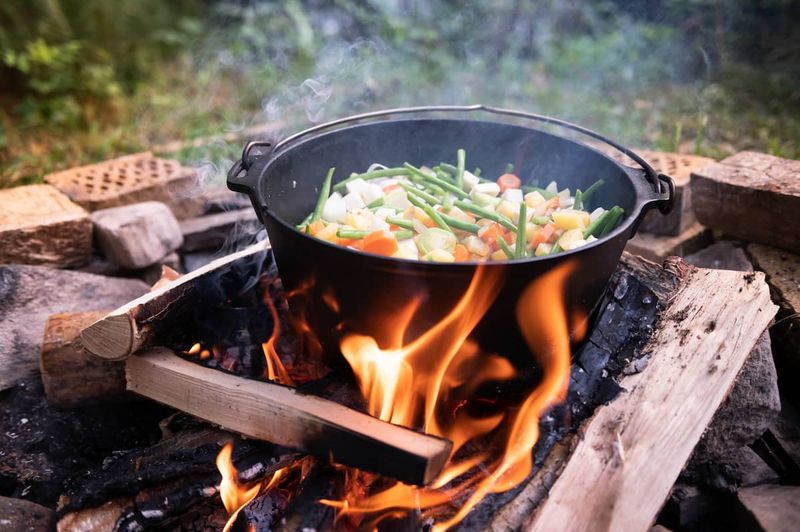
Simplicity reigns supreme in wilderness cooking! One-pot wonders like chili, pasta, or jambalaya minimize cleanup while maximizing flavor.
Layer ingredients based on cooking time – root vegetables first, quick-cooking items last. The beauty lies in how flavors meld together over an open flame. And honestly, who wants to wash multiple pots when there’s stargazing to be done?
10. Protect Your Food From Wildlife
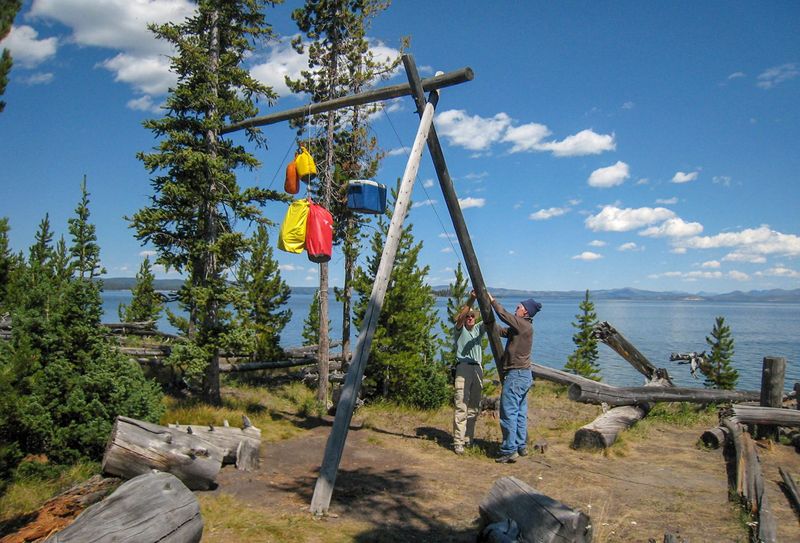
Nothing ruins campfire cooking faster than uninvited furry guests! Store ingredients in airtight containers and hang food bags from trees where appropriate.
Clean cooking areas immediately after meals and dispose of scraps properly. Even small crumbs can attract curious creatures from mice to bears. Remember: that cute chipmunk eyeing your cooking area can quickly invite his less adorable friends to dinner!
11. Elevate Simple Ingredients
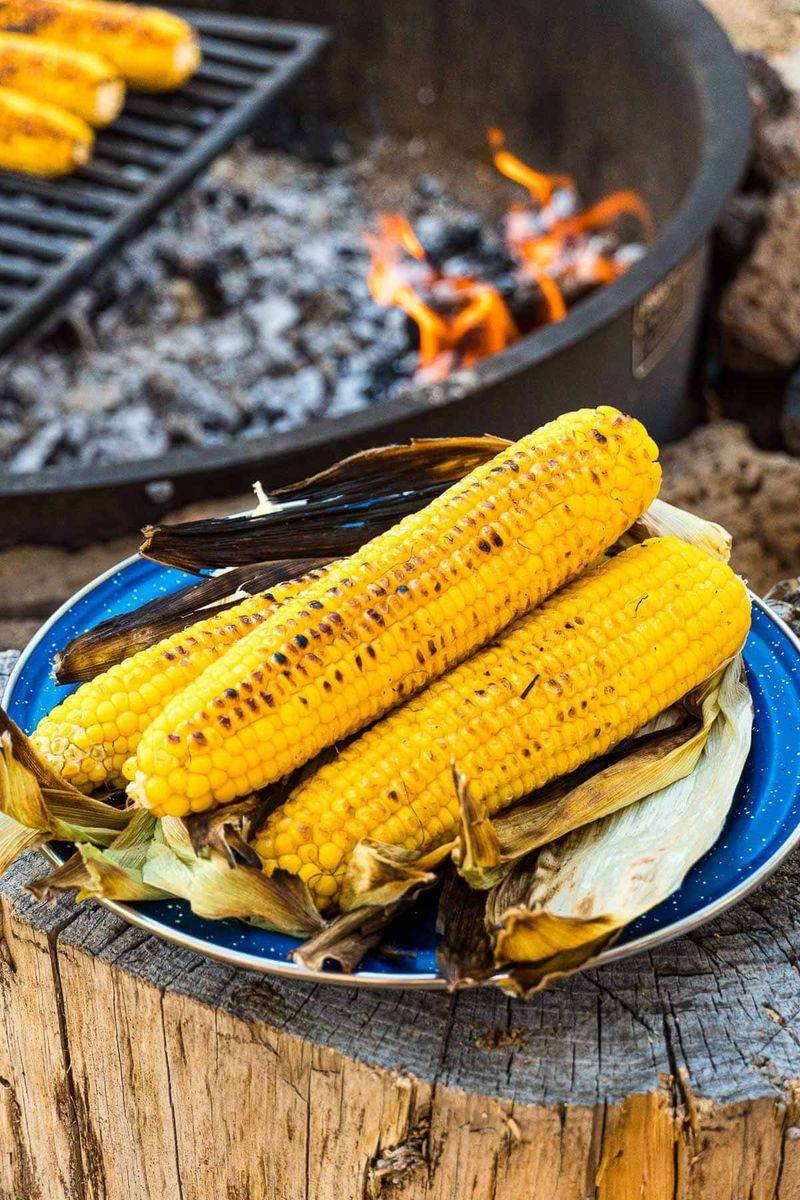
Campfire cooking transforms humble ingredients into gourmet experiences! Corn on the cob roasted in husks becomes smoky perfection. Foil-wrapped potatoes buried in coals emerge with crispy skins and fluffy centers.
Even basic canned beans taste magical when simmered with a splash of whiskey and maple syrup. The smoke infusion elevates everything – nature’s secret seasoning you can’t bottle!
12. Plan For Varying Cook Times
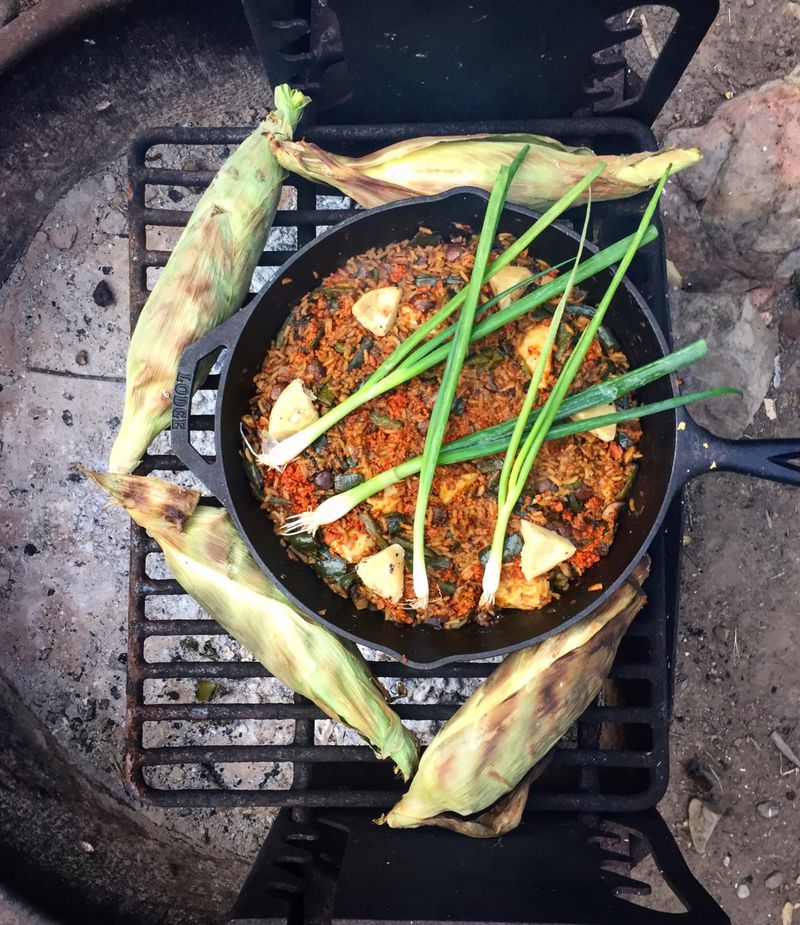
Smart campers organize meals by cooking time. Start long-cooking items like potatoes or stews early, adding quick-cooking proteins later.
Keep a small side fire going for warming dishes that finish first. Nothing’s sadder than perfectly grilled fish getting cold while waiting for those stubborn potatoes! With practice, you’ll orchestrate a complete meal that comes together at just the right moment.
13. Use Spice Blends For Easy Flavoring
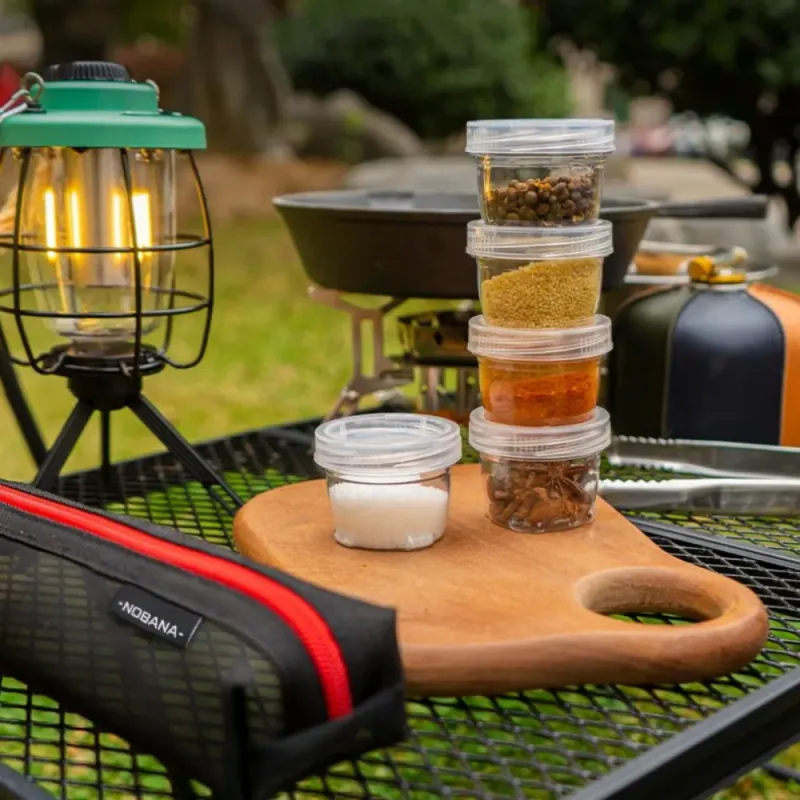
Spice blends are game-changers for outdoor cooking! Mix your favorite combinations at home and store in small containers – taco seasoning, Italian blend, or curry powder.
These instant flavor bombs elevate simple ingredients with just a sprinkle. When you’re tired from hiking all day, these pre-made blends mean you won’t accidentally leave out that essential spice that makes the dish sing.
14. Master The Art Of Campfire Bread
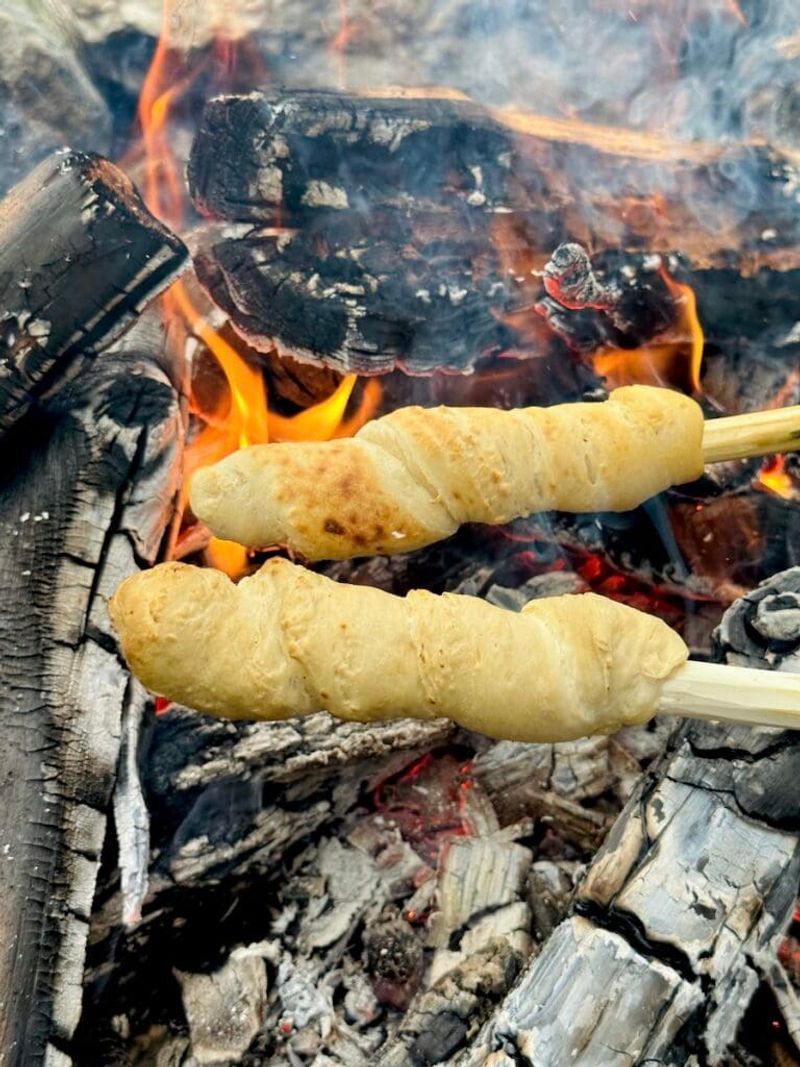
Fresh bread might seem impossible in the wilderness, but stick bread proves otherwise! Mix a simple dough of flour, water, salt and baking powder, then wrap it around a clean stick.
Rotate slowly over hot coals until golden brown and hollow-sounding when tapped. The smoky flavor beats any bakery bread, and there’s something primitively satisfying about bread cooked on a stick under open skies!
15. Create A Dedicated Cooking Fire

Separate your cooking fire from your main campfire for temperature control perfection! A smaller, dedicated cooking fire lets you manage heat without sacrificing your evening blaze.
Build it in a shallow pit with stones for windbreaking. This setup prevents the frustration of waiting for the big bonfire to burn down to cooking coals, while keeping your marshmallow-roasting fire intact!
16. Don’t Forget Dessert!

Campfire desserts go way beyond s’mores! Hollow out oranges, fill with chocolate cake batter, wrap in foil, and place in coals for cake-in-an-orange magic.
Or try banana boats – slit bananas lengthwise, stuff with chocolate and marshmallows, wrap in foil, and heat until melty. The humble apple becomes extraordinary when cored, filled with cinnamon-sugar, and roasted in foil until caramelized!
17. Be Prepared For Emergencies
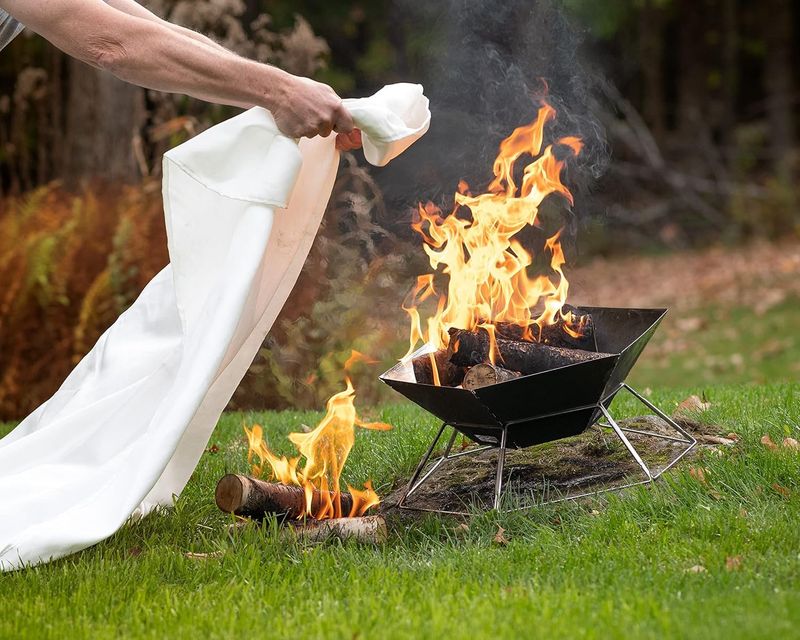
Safety first when playing with fire! Keep a spray bottle of water nearby for flare-ups and a proper fire extinguisher for serious situations.
Burns happen even to careful cooks, so pack burn cream and bandages. Always have a lid or extra soil ready to smother flames if needed. The best campfire chefs know that preparedness is just as important as that secret spice blend!

